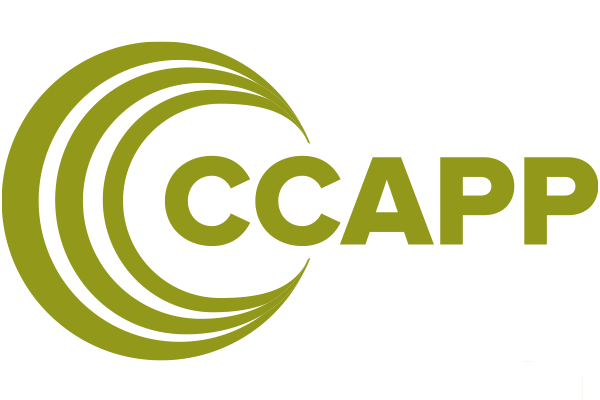
Title: Benefits of Looking for Coincident Events, Taus, and Muons with the Askaryan Radio Array
Speaker: Abby Bishop (University of Wisconsin, Madison)
Abstract:
The Askaryan Radio Array (ARA) is a five-station, in-ice radio detector located at the South Pole searching for particle cascades from cosmogenic and astrophysical neutrinos with >1e17 eV of energy. Cascades in this energy regime emit radio-wavelength Askaryan radiation that can be observed by one or more ARA stations. With the recent Km3Net observation of an approximately 2e17 eV neutrino, there is renewed, urgent interest in further unlocking the ultra-high energy neutrino sky. In anticipation of a thorough full-observatory and full-livetime neutrino search, we estimated how many neutrino events could be detected accounting for secondary interactions, which are typically ignored in UHE neutrino simulations. Analyses that consider these scenarios benefit from a considerable increase in expected exposure. Using the NuLeptonSim and PyREx simulation frameworks, we calculate the abundance and usefulness of cascades viewed by multiple ARA stations and observations made of taus, muons, and neutrinos generated during and after initial neutrino cascades. These multi-station coincidences and secondary interactions compose 8% and 25% of the detector's predicted observations, respectively. Analysis techniques that consider these kinds of events could be utilized by other in-ice radio neutrino observatories, as has been explored by NuRadioMC developers. This talk showcases full simulation results of neutrinos with energies 3e17 - 1e21 eV and visualizations of interesting triggered event topologies.
